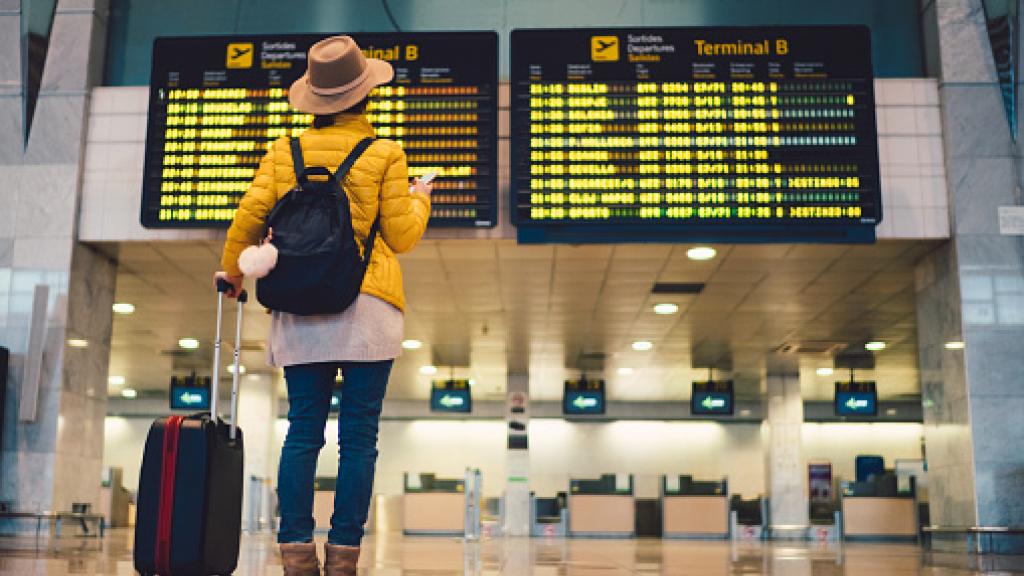Tourism could grow by 46% in 2022 according to a Statista report

At the ITB Convention in Berlin (March 8-10), ITB Berlin and Statista Q will jointly discuss travel in 2022 and the future of the tourism industry. A significant improvement has already been noticed in 2021: a 36 percent increase in growth compared to 2020. According to Statista’s Mobility Market Outlook (MMO), last year the industry achieved a global turnover of around 260 billion euros . This year, the figure will probably exceed 353,000 million euros, with 46% of the highest growth rate in recent years. According to MMO experts, a full recovery will not be achieved until 2024.
The coronavirus pandemic has significantly affected travel behavior in the last two years and will continue to do so for the foreseeable future. But what developments and trends will endure? Statista’s February 2022 Global Consumer Survey (GCS) of over 2,000 respondents reveals market trends and what to do about them.
Travelers want more flexibility
Since the pandemic began, flexibility has become an absolute necessity in the tourism industry. While in 2019 most travelers in Germany took more than three months to decide on an international trip, now 28% of tourists take between one and three months, and less than 25% need even less than four weeks. Compared to pre-pandemic levels, trip cancellation insurance is up nearly 10 percent, while termination insurance is up as much as 20 percent. The fact that customers want to be flexible is reflected in the use of online booking applications, which compared to 2019 has grown by more than 40 percent. This desire for flexibility was already evident in domestic tourism before the pandemic. According to GCS,
German tourist destinations attract more and more young people
As a result of Covid there has been a sharp increase in domestic tourism. According to DESTATIS, in June 2019 German visitors accounted for 84% of overnight stays, while in June 2020 and 2021 the figure was 94%. While returning foreign tourists will reduce this figure, those under the age of thirty are having a significant impact. The GCS shows that domestic tourism is more popular than ever. Next year, more than 38 percent of travelers under the age of 30 are aiming to travel in Germany, an increase of almost 25 percent. Overall, 72 percent of German travelers are planning a domestic trip in the next 12 months. In 2019 the figure was 39 percent. 12 percent mention sustainability as the reason for a domestic trip,
Smart hosting, AI and recognition technology
More than half of all travelers say they are interested in new technology on future trips. 21 percent of tourists from Germany, the US and the UK say they are interested in smart home devices. Slightly fewer are interested in recognition technology, virtual reality, and AI-based personalized travel recommendations. The success of startup The Hotels Network shows how important personalization is. According to business information platform Crunchbase, the company has already received more than $15 million in funding and says it is working with more than 12,000 hotels around the world. With the help of predictive personalization through its own online channel, The Hotels Network wants to improve services and increase sales.
Workations are the new trend
For certain city dwellers in particular, a new reason for taking vacations has emerged in addition to the usual reason for traveling such as family visits and sightseeing, and that is work. This means working from anywhere or taking a work session. Last summer, Sundar Pichai, CEO of Google, popularized the concept with a highly publicized email, stating that each employee was entitled to up to four weeks of work. Since then, the global volume of online searches has doubled. As a result, a new type of customer has emerged who, with entirely new needs and behavior different from business travellers, is potentially creating a new market.
What does the Ukraine war mean for international tourism?
According to the UNWTO, in 2019 the combined spending of Ukraine and Russia on outbound tourism amounted to around 3.2% of the world volume. Neighboring Eastern European countries accounted for about 1.8 percent of the world total. In 2019, spending globally amounted to around $1.5 trillion. In 2019, Ukraine and Russia accounted for a combined 2.6% of a total of 1.5 billion international tourist arrivals, with their neighboring Eastern European countries accounting for around 5.3%. Note: Not all of the latest developments are contained in this press release, which was written in advance.





